
Common House Martin, Delichon urbicum. Common House Martin… Flickr
The western house martin ( Delichon urbicum ), sometimes called the common house martin, northern house martin or, particularly in Europe, just house martin, is a migratory passerine bird of the swallow family which breeds in Europe, north Africa and across the Palearctic; and winters in sub-Saharan Africa and tropical Asia.
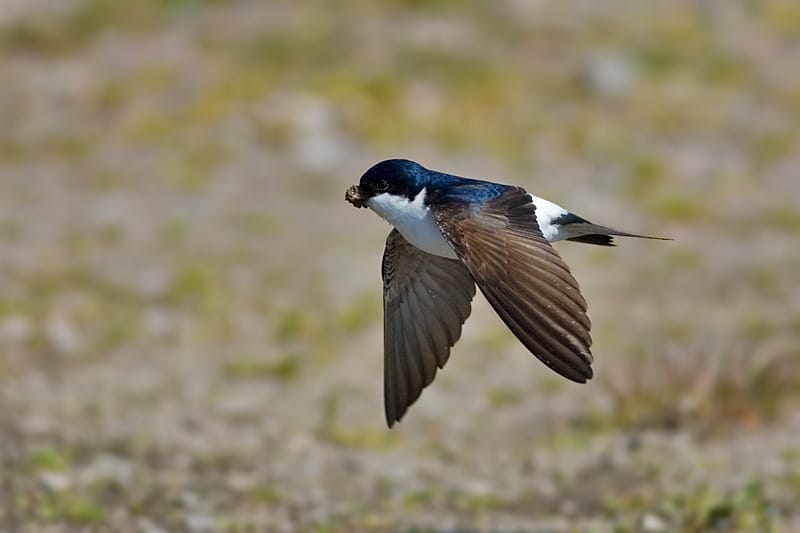
Common House Martin Facts, Habitat, Diet, Predators, Pictures
Distinctive small swallow with blue-black upperparts, a big white rump patch, and snow-white underparts. Juvenile in late summer and autumn is duller above and dingier below than adult. Compare with other swallows; note the relatively shallowly forked and streamerless tail, as well as jerky and fluttery flight. In east of range, overlaps with very similar Siberian House-Martin (formerly.
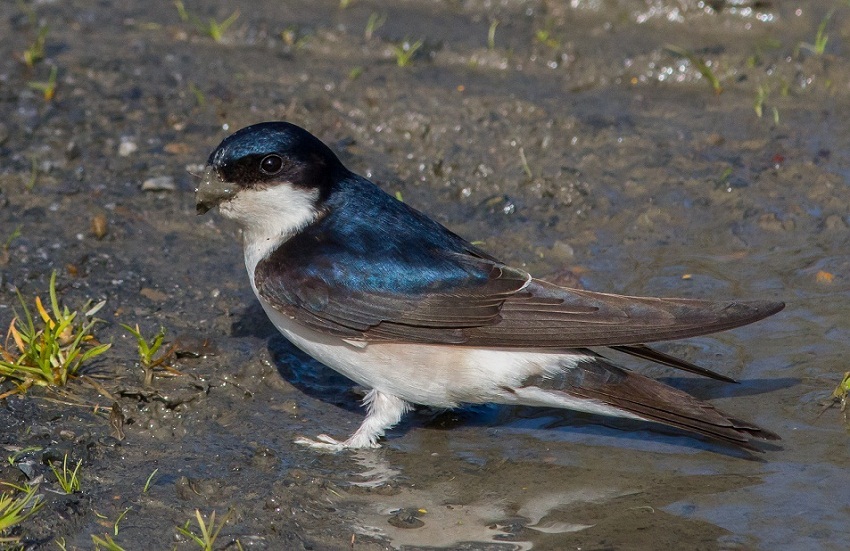
Common House Martin Facts, Habitat, Diet, Predators, Pictures
13-14 cm; 10·3-23 g; wingspan 26-29 cm. breeding has glossy blue crown and back, white rump, sometimes white feather bases showing on hindcrown; and tail black, tail moderately forked; wholly white below, legs with white feathering. Distinguished from D. dasypus by more glossy upperparts, whiter underparts, deeper tail fork.

Common HouseMartin eBird
The common house martin (Delichon urbicum), sometimes called the northern house martin or, particularly in Europe, just house martin, is a migratory passerine bird of the swallow family which breeds in Europe, north Africa and across the Palearctic; and winters in sub-Saharan Africa and tropical Asia.

Common HouseMartin eBird
The Common House Martin (Delichon urbicum), sometimes called the Northern House Martin or, particularly in Europe, just House Martin, is a migratory passerine bird of the swallow family which breeds in Europe, north Africa and temperate Asia; and winters in sub-Saharan Africa and tropical Asia.

A Common House Martin Introduces Itself Brilliant Creation
The common house martin is similar looking to the Asian house martin and the Nepal house martin; the three species make up the Delichon genus. There is an argument on whether to consider D. u. meridionalis a separate subspecies, as some believe that the differences between the nominate and this subspecies are because of their geographic.
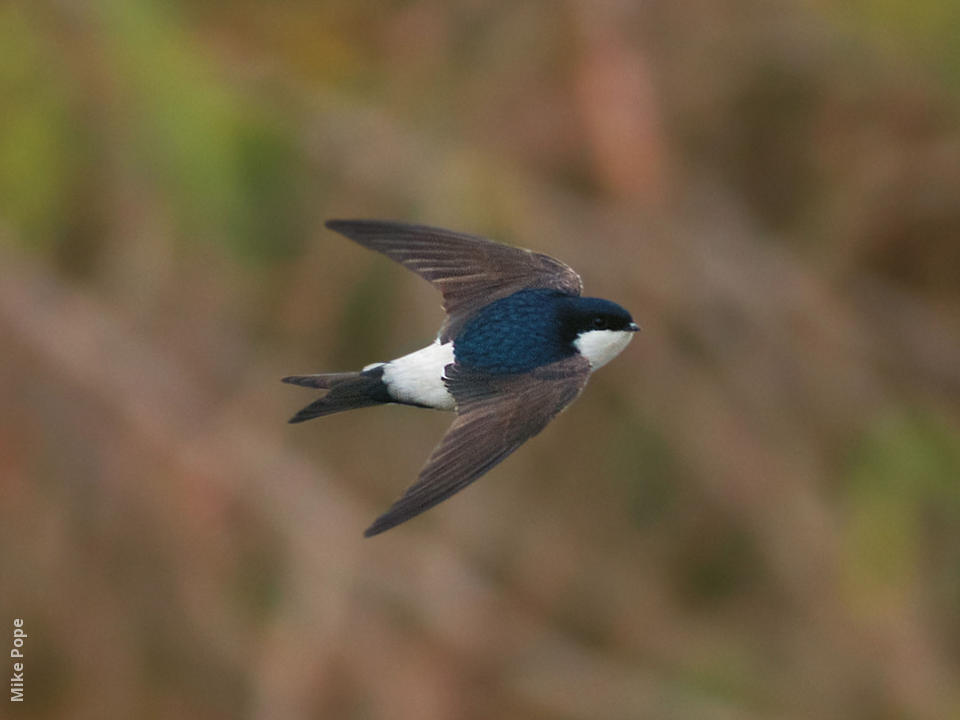
Common House Martin
Delichon is a small genus of passerine birds that belongs to the swallow family and contains four species called house martins. These are chunky, bull-headed and short-tailed birds, blackish-blue above with a contrasting white rump, and with white or grey underparts. They have feathering on the toes and tarsi that is characteristic of this genus.
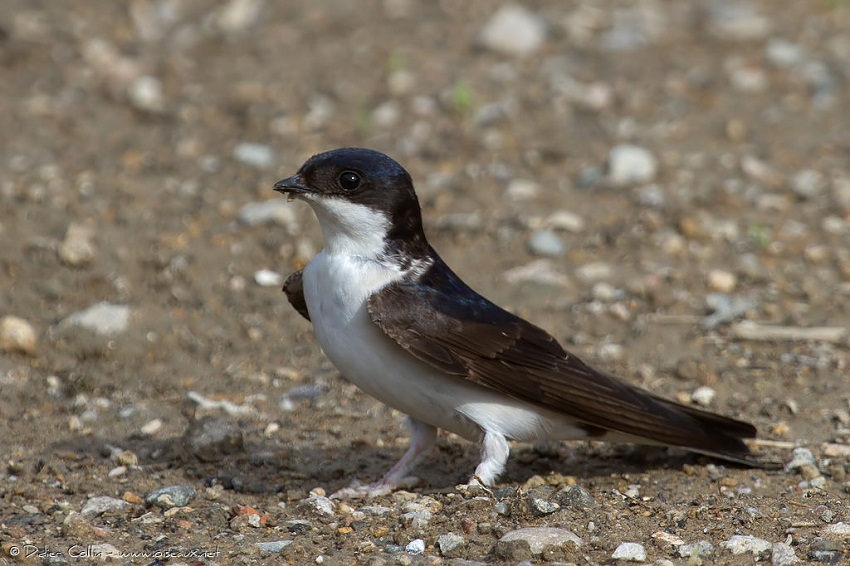
Common House Martin Facts, Habitat, Diet, Predators, Pictures
Common House-martin Passerine Bird - Delichon urbicum, commonly known as the Common House-martin, is a species of swallow characterized by its distinctive white underparts and steel-blue upperparts. This aerial insectivore is known for its remarkable nest-building abilities, constructing intricate cup-shaped nests made of mud and grass, typically found attached to the exterior walls of buildings.
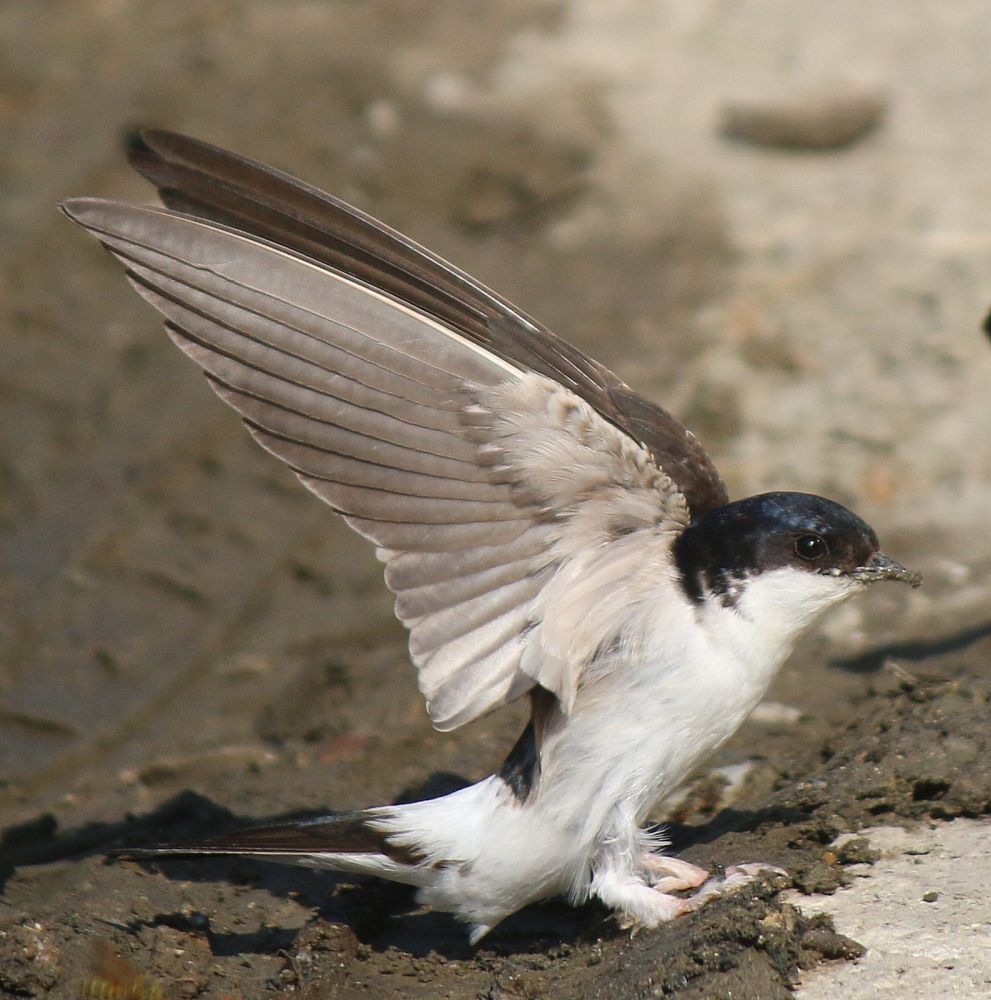
Common House Martin Greek Nature Encyclopedia
The Common house martin ( Delichon urbicum) is a migratory passerine bird which breeds in Europe, North Africa and across the Palearctic; and winters in sub-Saharan Africa and tropical Asia. It feeds on insects that are caught in flight, and it migrates to climates where flying insects are plentiful.

Common House Martin photo Omar Brännström photos at
HOA fees are common within condos and some single-family home neighborhoods. Co-ops also have monthly fees (Common Charges and Maintenance Fees), which may also include real estate taxes and a portion of the building's underlying mortgage.. - House for sale. 2 hours ago. 12216 W State Highway 97, Middlesex, NC 27557. SHAHEEN RUTH MARTIN.
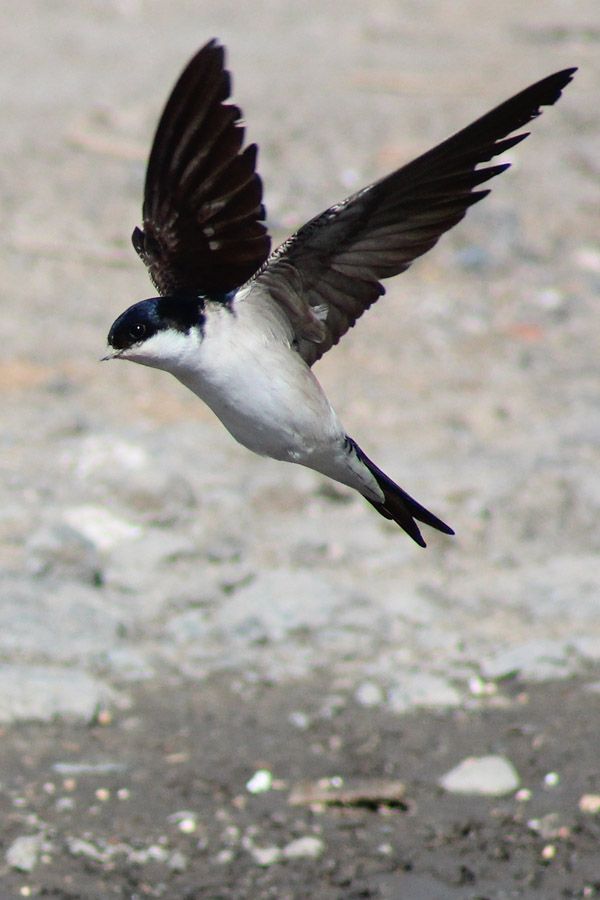
Flying Expertise of a Common House Martin Brilliant Creation
House Martin Delichon urbicum (Linnaeus, 1758) HM HOUMA 10010 Family: Passeriformes > Hirundinidae This small hirundine is a familiar bird due to its habit of nesting in small colonies under the eaves of our homes.

Bird Pictures House Martin, Common House Martin (Delichon urbicum) by kennedyh
Naturalized. Provisional. Escapee: Exotic species known or suspected to be escaped or released, including those that have bred but don't yet fulfill the criteria for Provisional. Escapee exotics do not count in official eBird totals. Learn about Western/Siberian House-Martin: explore photos, sounds, and observations collected by birders around.
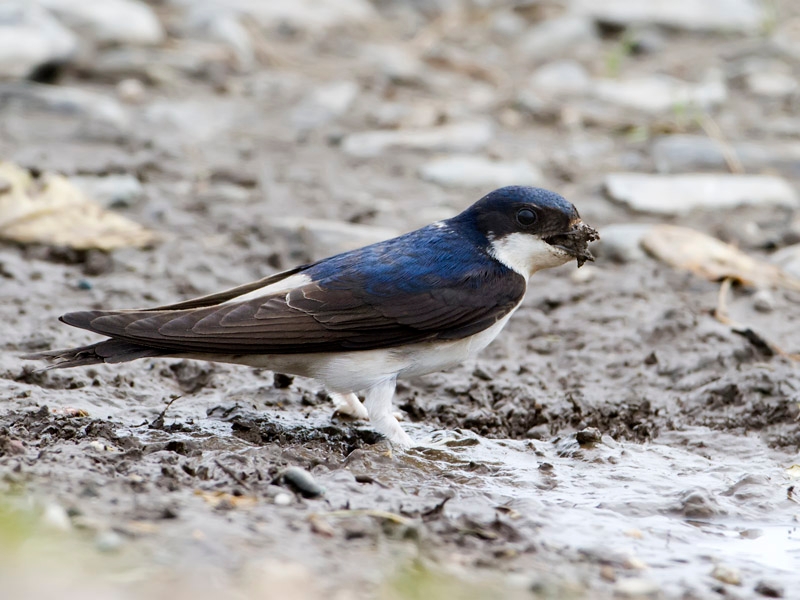
Common House Martin Facts, Habitat, Diet, Predators, Pictures
Biology. Common martins are one of the most common birds found near human habitats. They live on insects, which they catch in flight. They build their hemispherical nests with narrow entrance of mud and plant material, usually on walls of homes or other buildings. In nature, they are found in pastures and meadows, and nest on steep rock faces.

Common house martin Stock Image C008/4887 Science Photo Library
The common house martin (Delichon urbicum), sometimes called the northern house martin or, particularly in Europe, just house martin, is a migratory passerine bird of the swallow family which breeds in Europe, north Africa and temperate Asia; and winters in sub-Saharan Africa and tropical Asia. It feeds on insects which are caught in flight, and it migrates to climates where flying insects are.

Common HouseMartin Plugon
1 / 3 How to identify The House Martin is a small bird with glossy blue-black upper parts and pure white under parts. It has a distinctive white rump with a forked tail and, on close inspection, white feathers covering its legs and toes. It spends much of its time in flight, collecting insect prey.

Common House Martin, Delichon urbicum. Common House Martin… Flickr
The Common House-Martin is a bird seen throughout all of Europe. It makes use of any building structure to build its nest, usually under the eaves. In the winter months, these martins leave Europe and only a few will remain around the Mediterranean Sea, the rest will migrate into Africa. It has been identified as a vagrant visitor to North America.